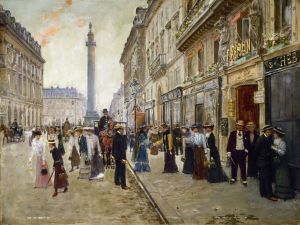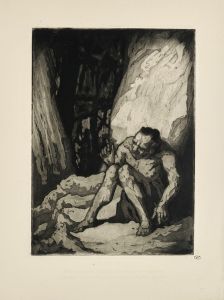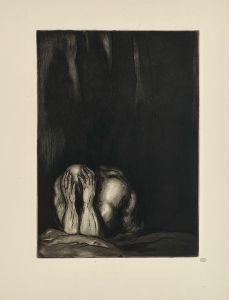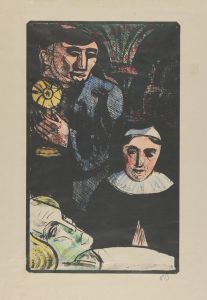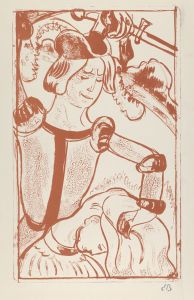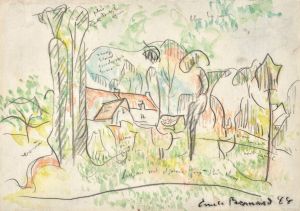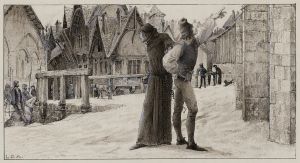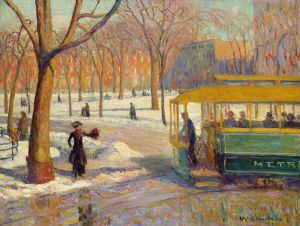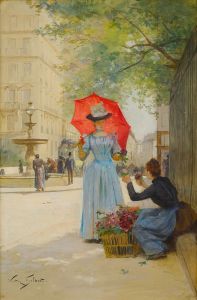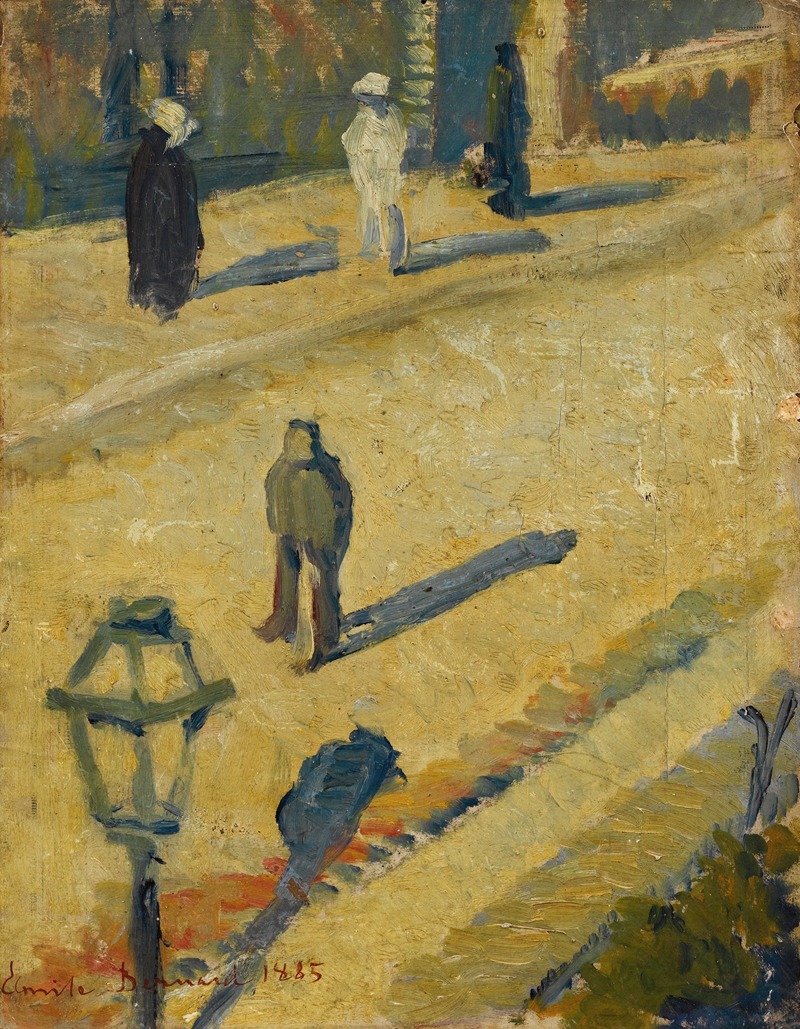
Scène De Rue
A hand-painted replica of Emile Bernard’s masterpiece Scène De Rue, meticulously crafted by professional artists to capture the true essence of the original. Each piece is created with museum-quality canvas and rare mineral pigments, carefully painted by experienced artists with delicate brushstrokes and rich, layered colors to perfectly recreate the texture of the original artwork. Unlike machine-printed reproductions, this hand-painted version brings the painting to life, infused with the artist’s emotions and skill in every stroke. Whether for personal collection or home decoration, it instantly elevates the artistic atmosphere of any space.
Émile Bernard's Scène de Rue (Street Scene) is a painting created by the French Post-Impressionist artist Émile Bernard, who was a key figure in the late 19th-century art movement. Bernard is best known for his contributions to Symbolism and Cloisonnism, a style characterized by bold outlines and flat areas of color, which he developed alongside artists such as Paul Gauguin and Louis Anquetin.
Scène de Rue is believed to have been painted during Bernard's early career, a period when he was experimenting with innovative techniques and themes that would later define his artistic legacy. The painting depicts an urban street scene, showcasing Bernard's interest in everyday life and his ability to capture the atmosphere of modernity in late 19th-century France. The work reflects his fascination with the lives of ordinary people, a subject that was central to many Post-Impressionist artists.
The composition of Scène de Rue demonstrates Bernard's use of simplified forms and a focus on the interplay of color and line. This approach aligns with the principles of Cloisonnism, which he helped pioneer. The technique involves separating areas of color with dark, distinct outlines, reminiscent of stained glass or medieval enamel work. This method was a departure from the more naturalistic techniques of the Impressionists and marked a shift toward a more symbolic and decorative style.
While specific details about Scène de Rue—such as its exact date of creation, current location, and dimensions—are not widely documented, the painting is representative of Bernard's broader artistic exploration during the late 1880s and early 1890s. This was a transformative period in his career, during which he collaborated with Gauguin and other avant-garde artists in Pont-Aven, a small village in Brittany that became a hub for experimental art.
Émile Bernard's contributions to modern art, including works like Scène de Rue, have been recognized for their influence on the development of Symbolism and the transition from Impressionism to more abstract and expressive forms of art. His innovative techniques and thematic focus on the human condition continue to be studied and appreciated by art historians and enthusiasts.
Due to limited information about this specific painting, further research may be required to provide a more detailed analysis of its context and significance within Bernard's oeuvre.





